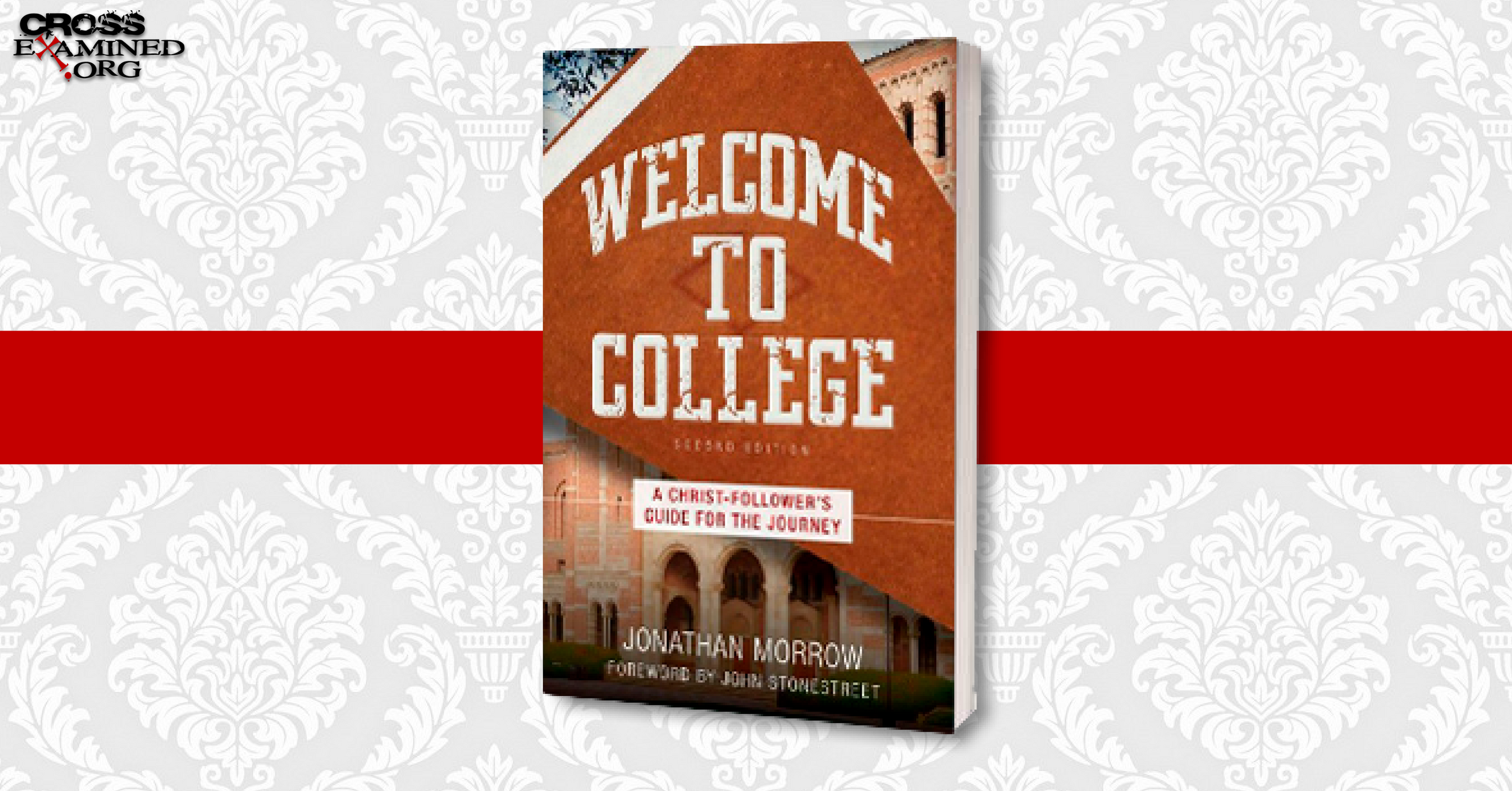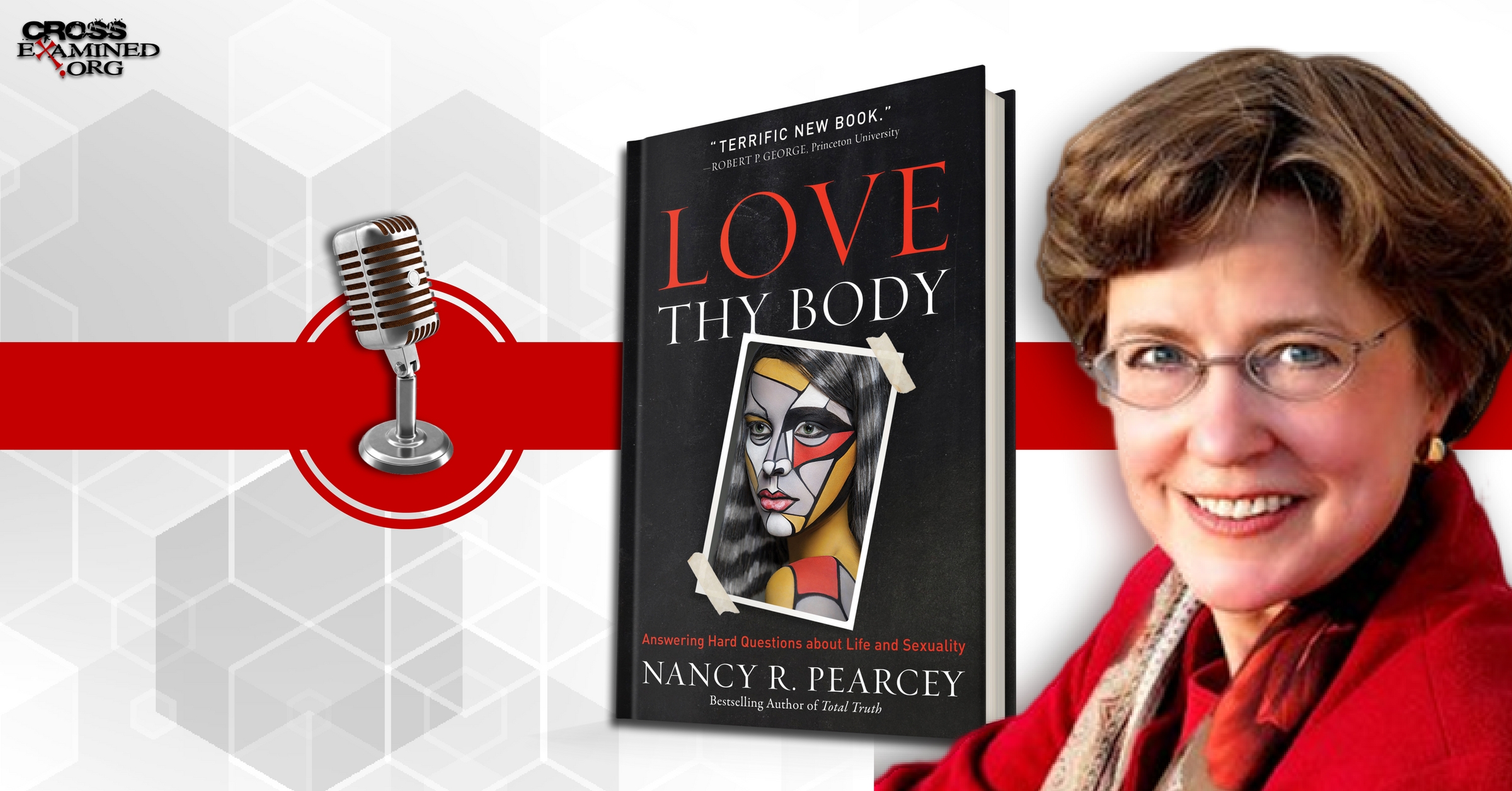By Luke Nix.
Introduction
With today’s culture ever-increasingly becoming hostile to the Christian worldview, it is vitally important that we prepare our children for the challenges they will encounter to what they believe. Jonathan Morrow wrote a book several years ago that focuses specifically on a Christian’s journey through college. He recently updated this volume with the latest popular challenges that a Christ-follower will likely encounter on campus. “Welcome to College: A Christ-Follower’s Guide for the Journey” is 350 pages in length, but those are divided into 43 short chapters that are easily read in very short sessions. Because of the number of chapters and their short length, this review will not follow the usual chapter-by-chapter summary format of my other reviews (I don’t want to give away the whole book). Rather I will focus on several of the key points made throughout the book that I found particularly important, then I will conclude with my thoughts of the book (you will not want to skip them).
Book Introduction
Morrow begins by congratulating the student on their tackling of a whole new world. He encourages them to enthusiastically dive into their studies and use the most of their time to learn and build relationships. He cautions though that it is important to realize that ideas and worldviews, particularly the Christian worldview, will be challenged and even opposed, so it is important to know what they believe and why they believe it.
From there Morrow spends the next ten chapters discussing the fact that everyone has a worldview, the importance of following evidence where it leads regarding the truth of a worldview, what faith truly is, how we can know things to be true and the distinction between knowing your faith to be true and showing it to be true. In discussing these, he sets up the student to critically evaluate claims made, evidence provided, and address basic challenges to one’s even making a claim to know anything.
Intellectual Challenges in College
Intellectual challenges to the Christian worldview abound in college. Everyone from the professors to the students will present their own reasons for rejecting Christianity. These reasons range from the amount of evil in the world to the supposed scientific inaccuracies in the Bible, to the idea that Jesus was either a copy-cat myth or that there are so many versions of Jesus/Christianity that it is impossible to know which one is true. The historicity of the Resurrection and the reliability of the Gospels will be constantly under attack. Morrow takes each of these issues and presents the cherry-picked facts that seem to ground these objections. He dives into the philosophical foundations of science and the facts of history surrounding the historical Jesus (his life, death, and Resurrection). Along with the highly selected evidence, he also presents the rest of the evidence that, not only explains those few facts that seem to justify skepticism but the rest of the evidence that demonstrates that the skeptical conclusions are not only ultimately unfounded but actually provide powerful support for the truth of Christian claims.
Doubt in College
Doubt is a powerful tool against the Christian entering college. Whether that doubt is intellectual or emotional, from professors or friends, it can wreak havoc on a student’s faith. However, doubt is not incompatible with the Christian life. The idea that Christians are not allowed to doubt is a myth perpetuated by a secular culture in an effort to finally sever the Christian from his beliefs. Morrow explains this important truth: it is okay for the Christian to doubt; doubt often leads to further investigation into the evidence, and further investigation into the evidence will demonstrate a more solid ground for our Christian beliefs. While investigation takes place, the doubt will also cause the student to need to rely personally on God more through prayer and a humble and thankful attitude. These are necessary to connect the head to the heart when doubt is present in college.
Practical and Cultural Challenges in College
About halfway through the book, Morrow shifts from more intellectual challenges to practical challenges. He offers advice covering everything from the overwhelming school work requirements to budgeting issues to dating. He explains how a Christian’s worldview can inform how to deal with these challenges in a successful way. For many Christian students just entering college, they in for many shocks. I’ve covered only a few of the intellectual and practical ones that he addresses, but he also takes a considerable amount of the book to discuss cultural differences and the unique challenges and pressures that will be encountered. Once again, Morrow uses the Christian worldview to help inform the student on how to respond to the pressures of the newly discovered independence from mom and dad. Cultural views of sex (including gender and same-sex relationships), alcohol consumption, the value of human beings, and the purpose of individuals legislating morality, abortion, and technology use and addiction are discussed. Morrow explains not only how the Christian worldview informs these decisions but how the student can articulate his or her decisions and defend them in the most respectful and graceful ways. Throughout this part of the book (and the previous part), Morrow constantly reminds the student that they are called by God for a purpose, and they need to focus on and make their decisions based upon that purpose.
Reviewer’s Thoughts
This book is one resource that I wish I had before I began my journey. Because of circumstances that were happening in my life during my transition from high-school (homeschool) to college, I was already in an intellectual and emotional crisis of faith. While I had been informed of some of the challenges that college would present, I was not given as much instruction or preparation to deal with them as I wished that I had. This book is one of my most highly recommended books for those who look forward to attending college. Parents, take note: Because of the fact that it covers intellectual, emotional, practical, spiritual, and cultural challenges students will face in college, “Welcome To College: A Christ-Follower’s Guide for the Journey” is one of the most important books that your college-bound teen can read. The way that Morrow laid out the book, with its bite-sized yet in-depth chapters and the “Big Ideas” sections at the end of each chapter, he makes it extremely easy for teens to comprehend the content and for parents to engage the material and help train their children for the challenges that lie ahead. College is a whole new world for our kids, and we need to train them and prepare them with the resources that God has given us; if you have made it this far through this review, it is safe to consider that Morrow’s book is now one of the resources God has provided you. Take this opportunity, pray for guidance, and equip your child for the journey that God is preparing to take them on.
Notes
Original Blog Source: http://bit.ly/2GG09Ds






